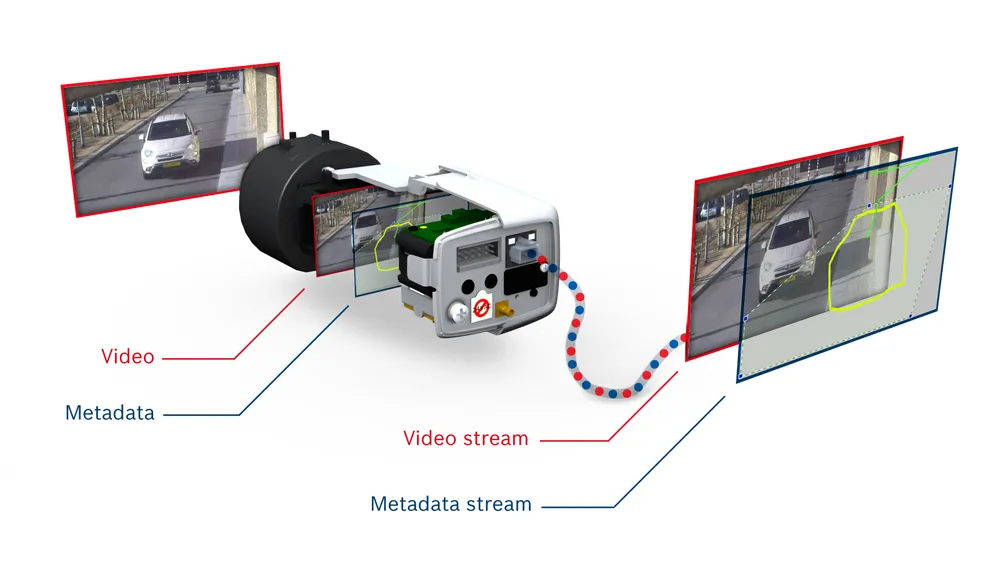Flir Intelligent Transportation Systems is taking advantage of this year’s ITS World Congress in Tokyo, Japan, to launch its ThermiCam, an integrated thermal camera and detector for vehicle and cycle presence detection and counting at signalised intersec¬tions.
ThermiCam uses the thermal energy emitted by cycles and other vehicles to distinguish between them, day or night in all weather conditions, providing traffic managers uninterrupted, 24-hour detection of motorised vehicles and cyclists regardless o
October 15, 2013
Read time: 2 mins
ThermiCam uses the thermal energy emitted by cycles and other vehicles to distinguish between them, day or night in all weather conditions, providing traffic managers uninterrupted, 24-hour detection of motorised vehicles and cyclists regardless of the amount of light available.
The sensor can provide the traffic signal controller with information on vehicle and cycle presence at and near the stop bar based, allowing traffic signals to be controlled dynamically.
Developed using Flir's experience with integrated camera and video analytics, ThermiCam uses a thermal imaging camera and transmits vehicle detection information over contact closures or IP to the traffic signal controller. Users can configure up to 16 virtual vehicle detection zones and up to four larger virtual cycle detection zones.










